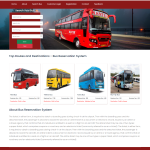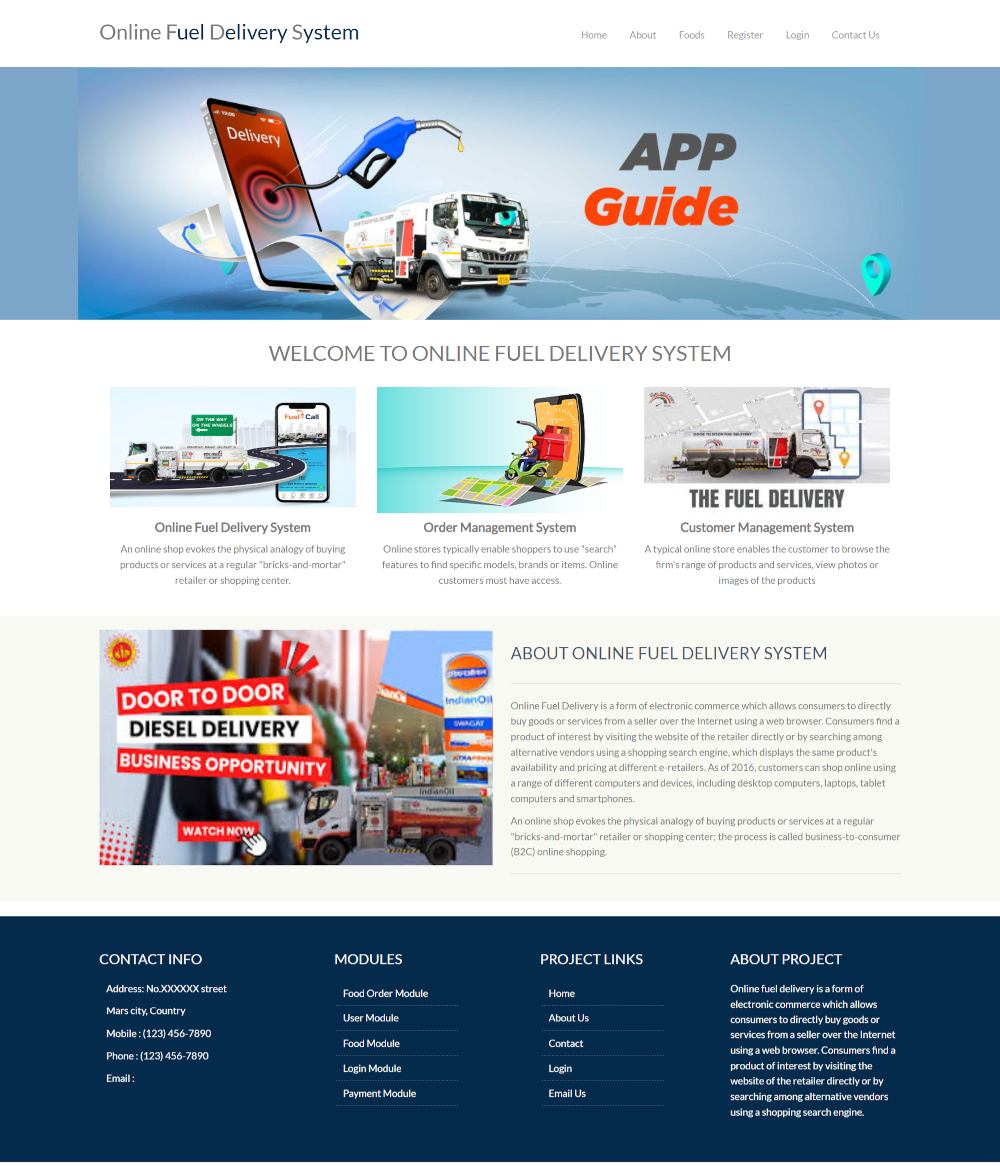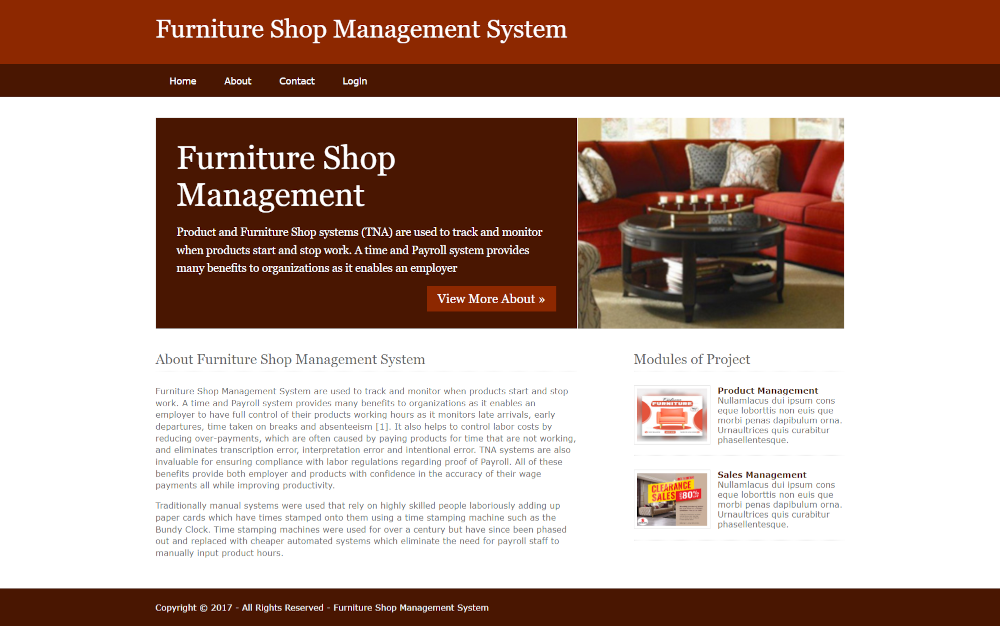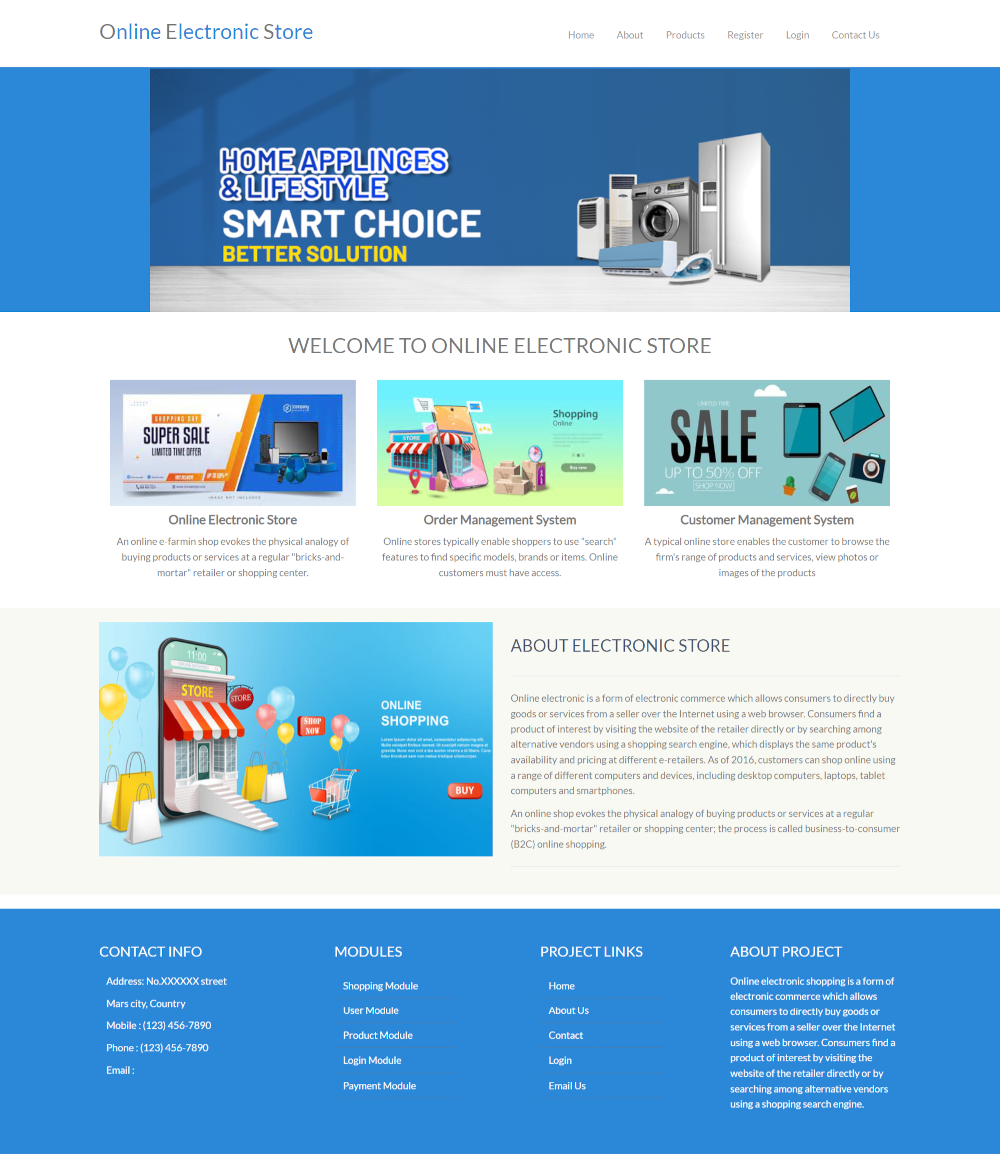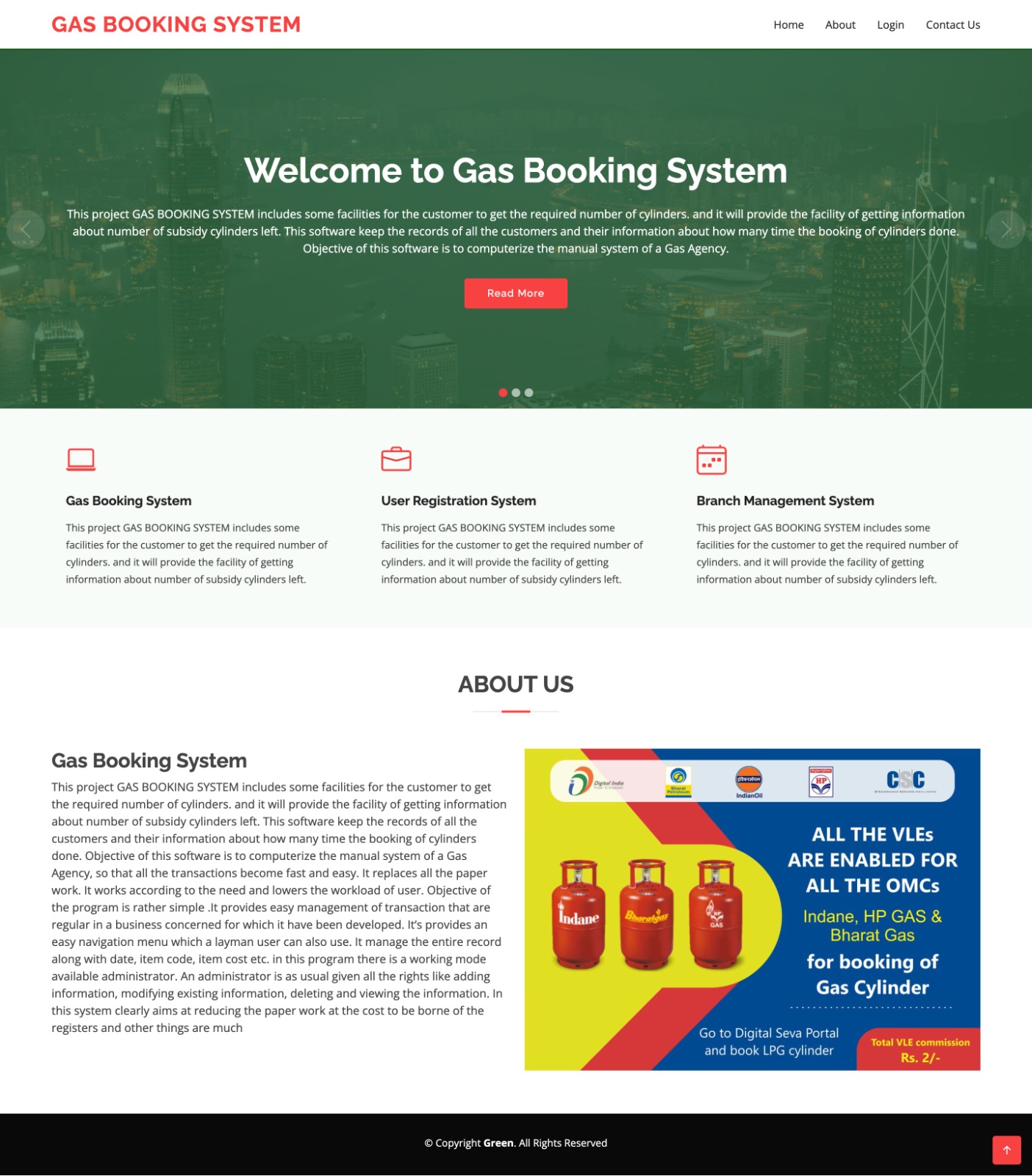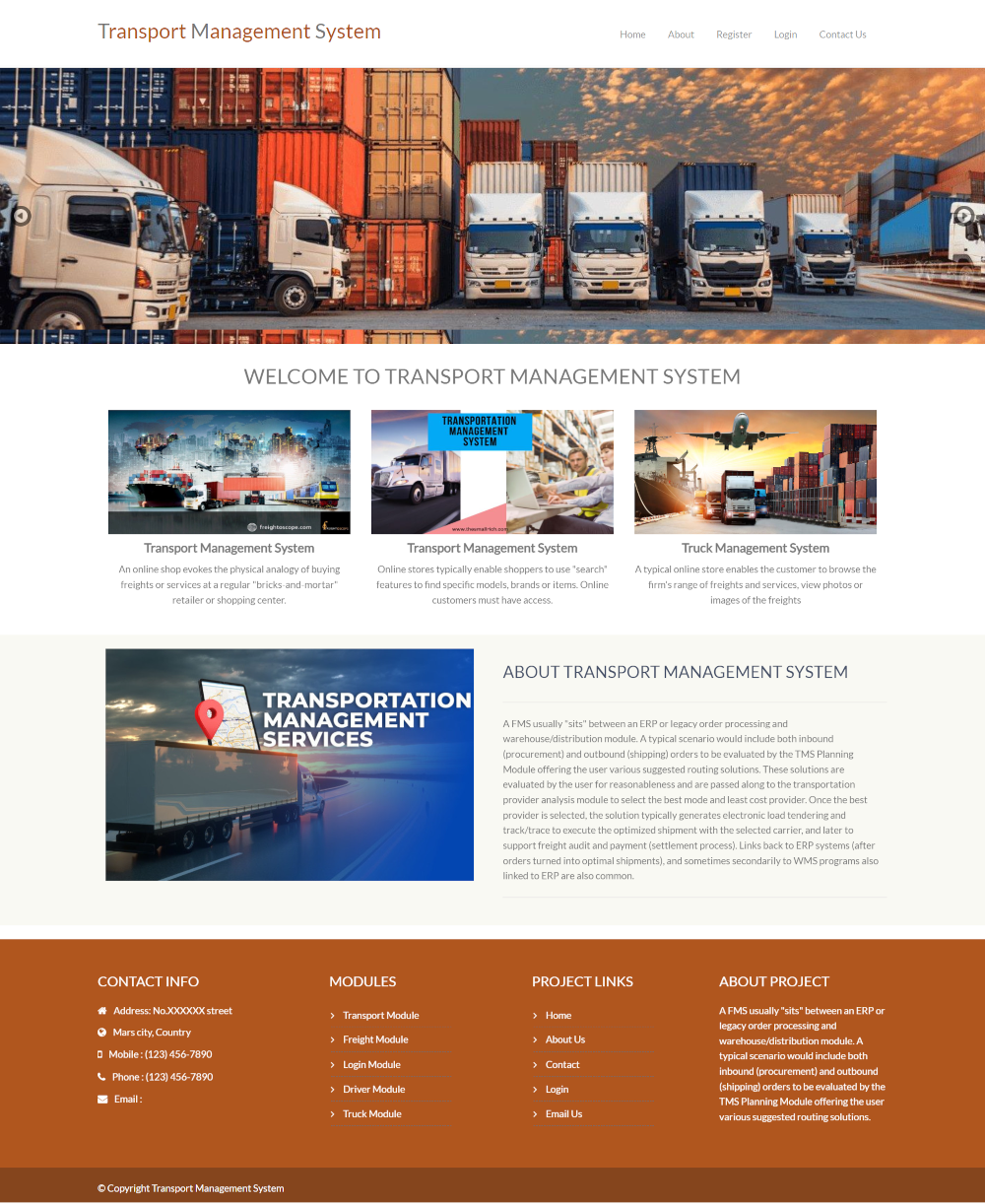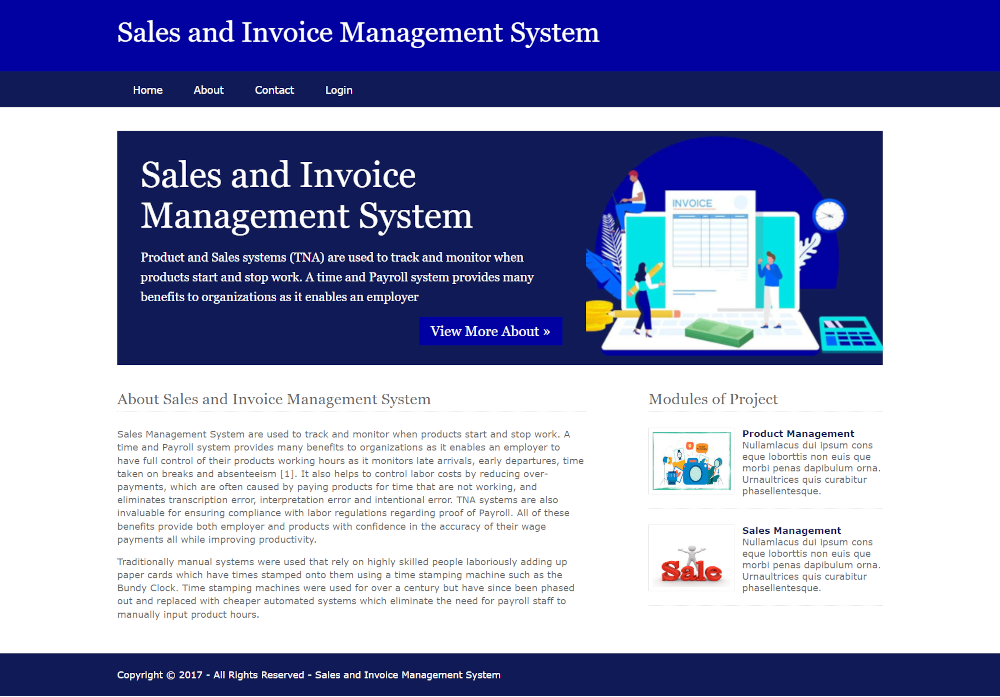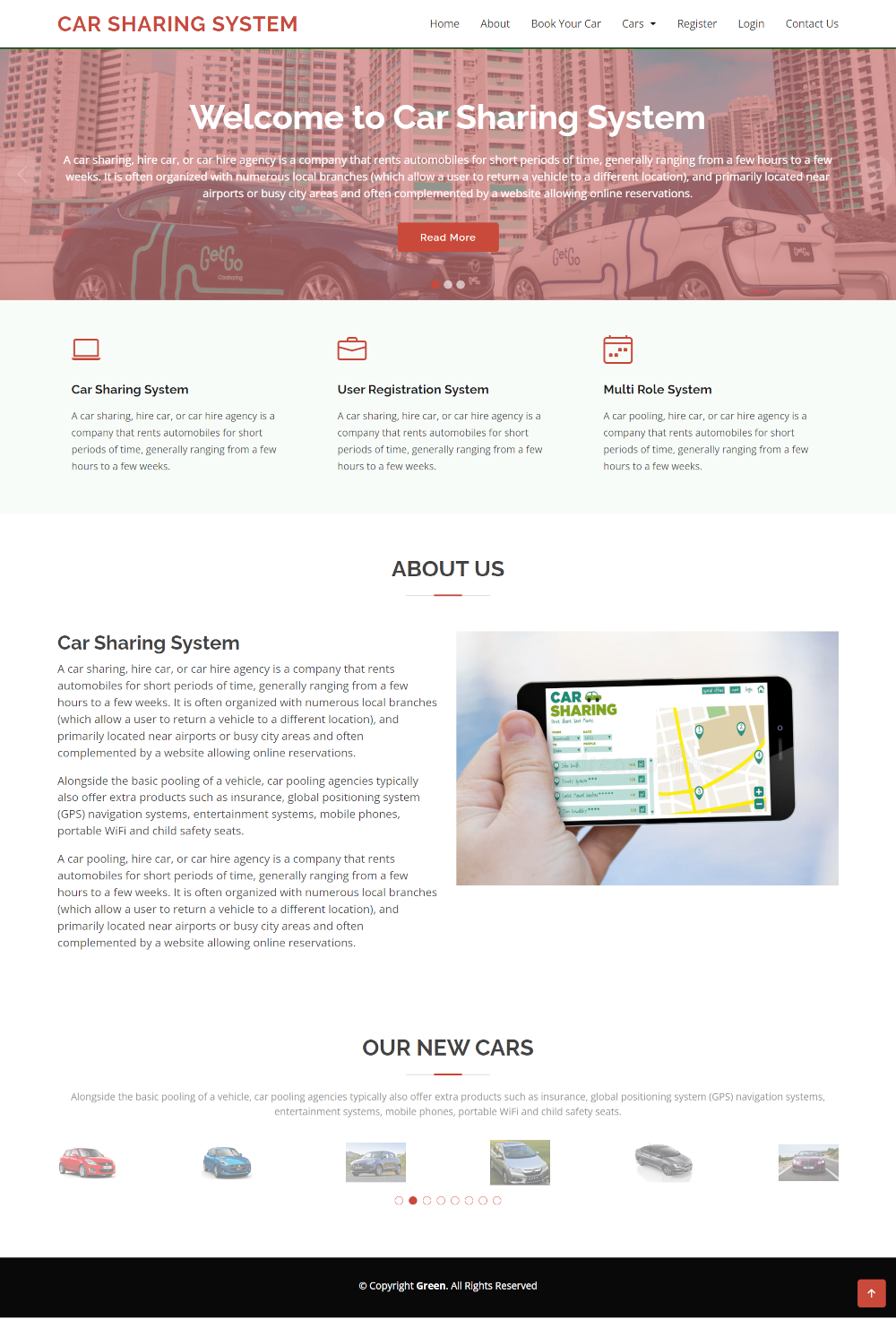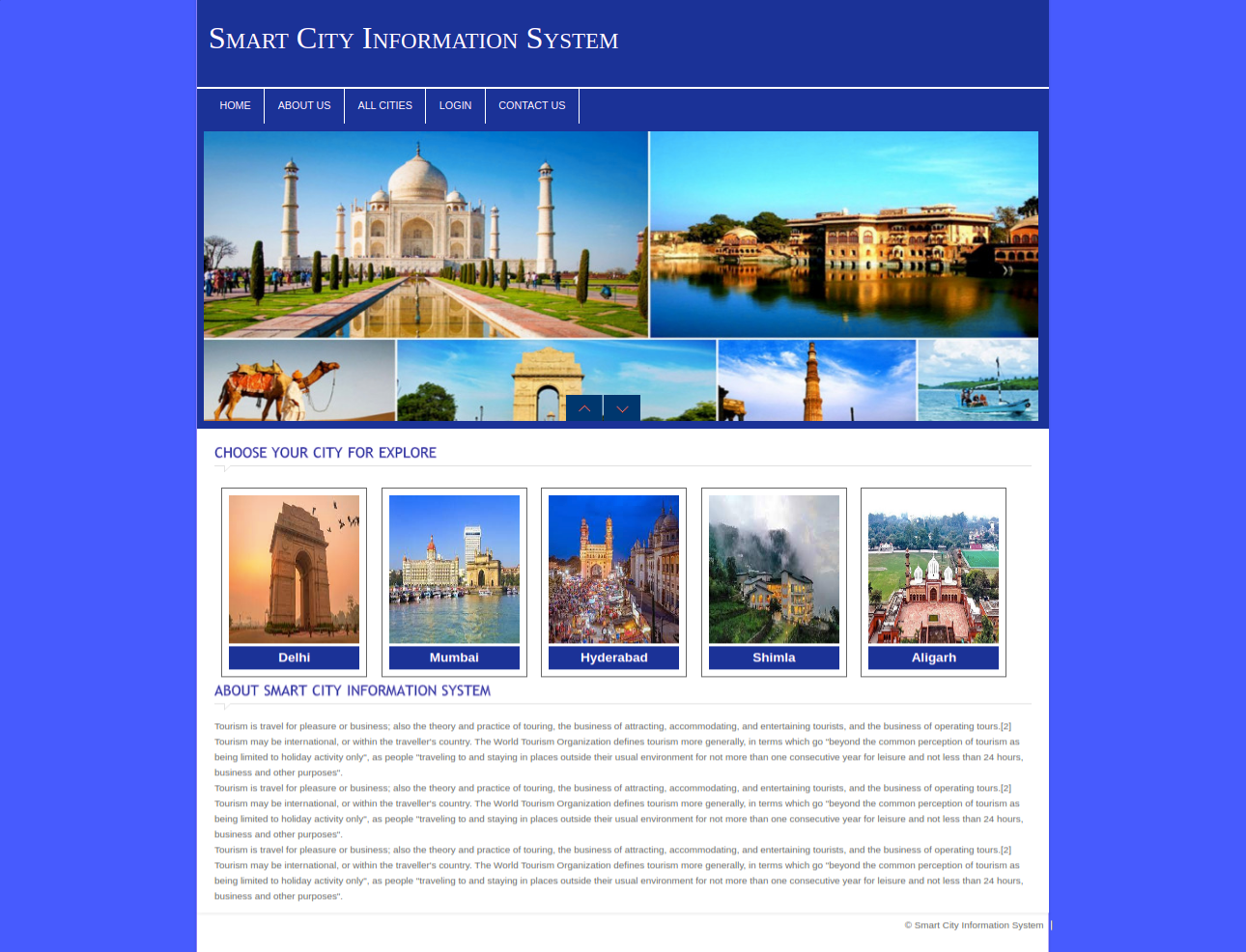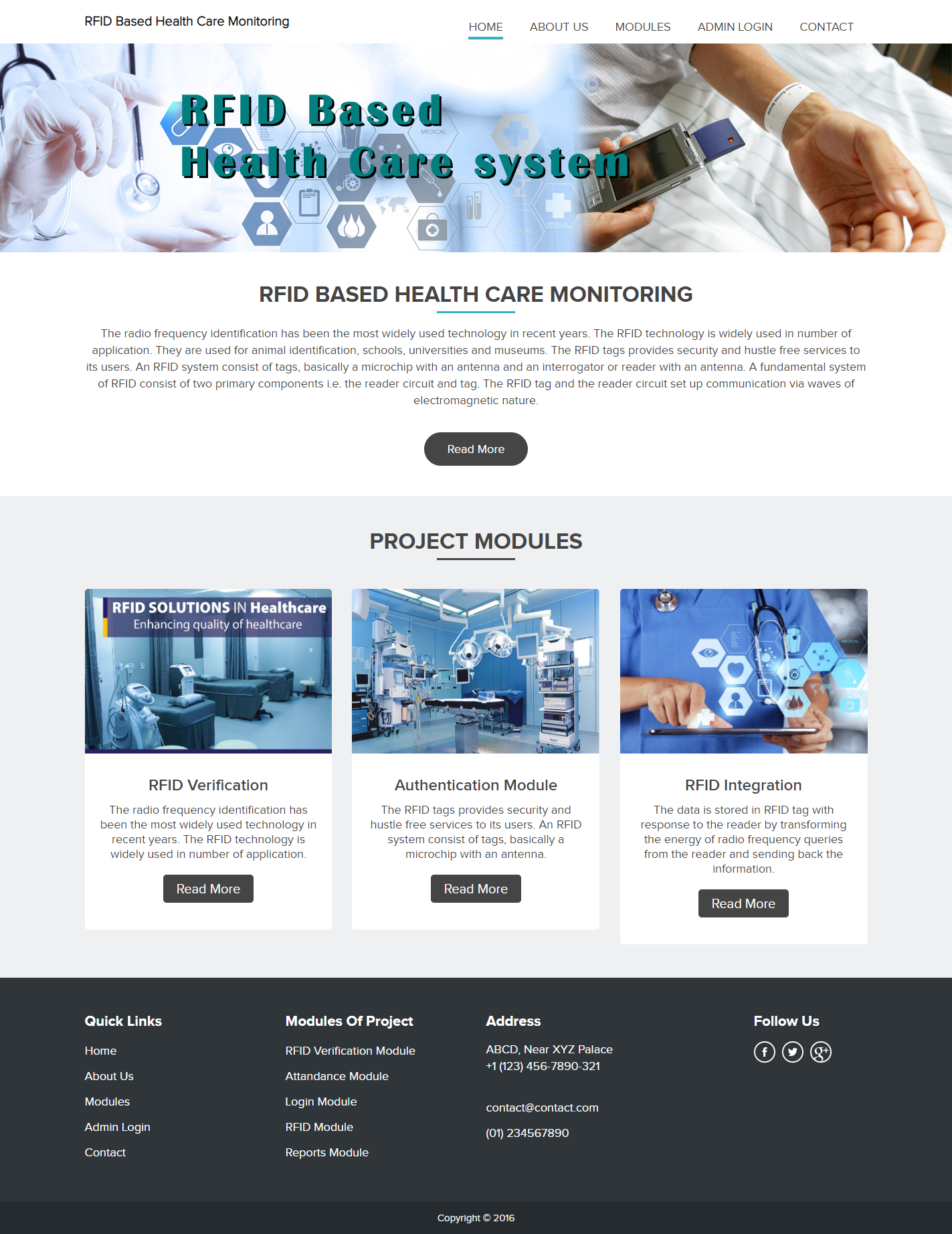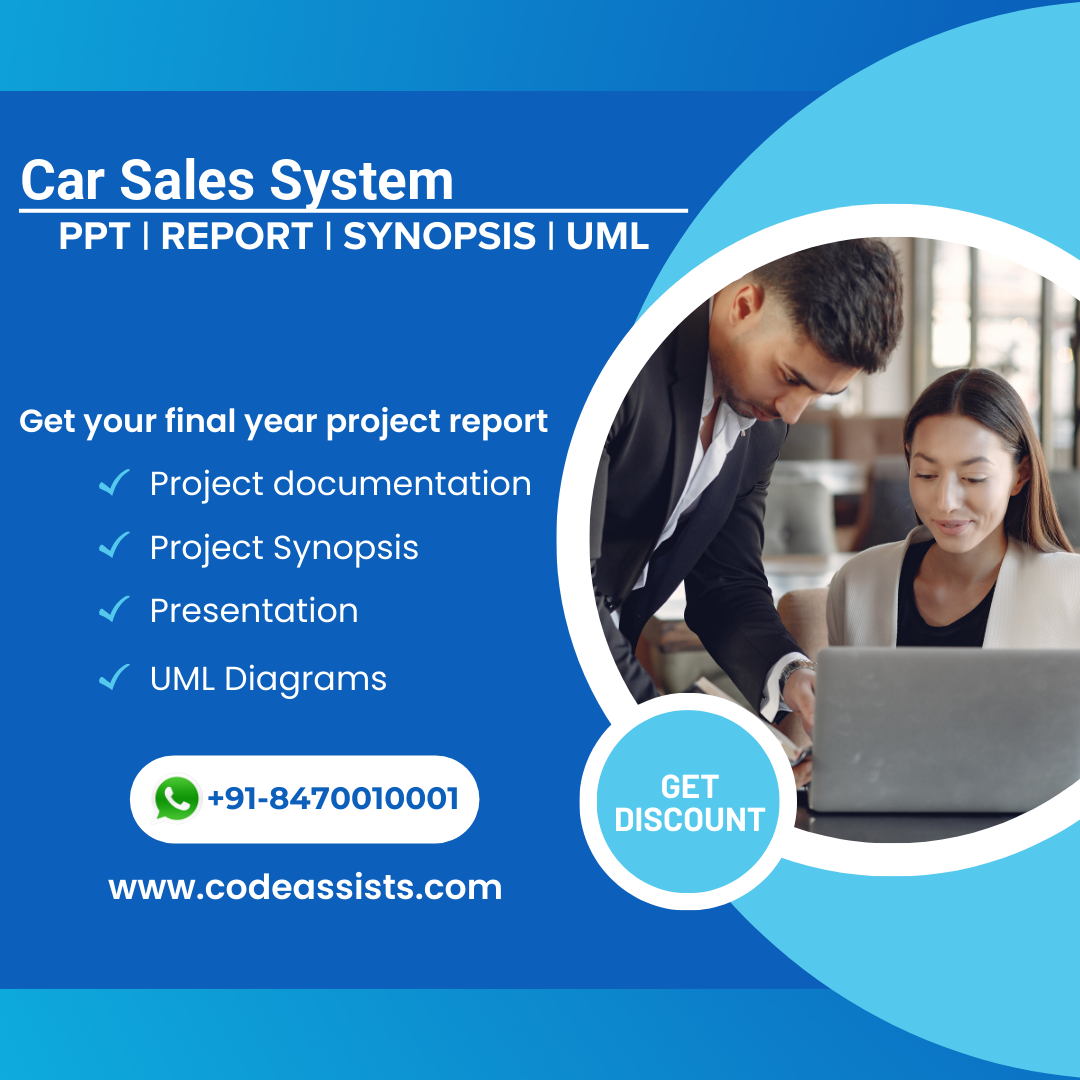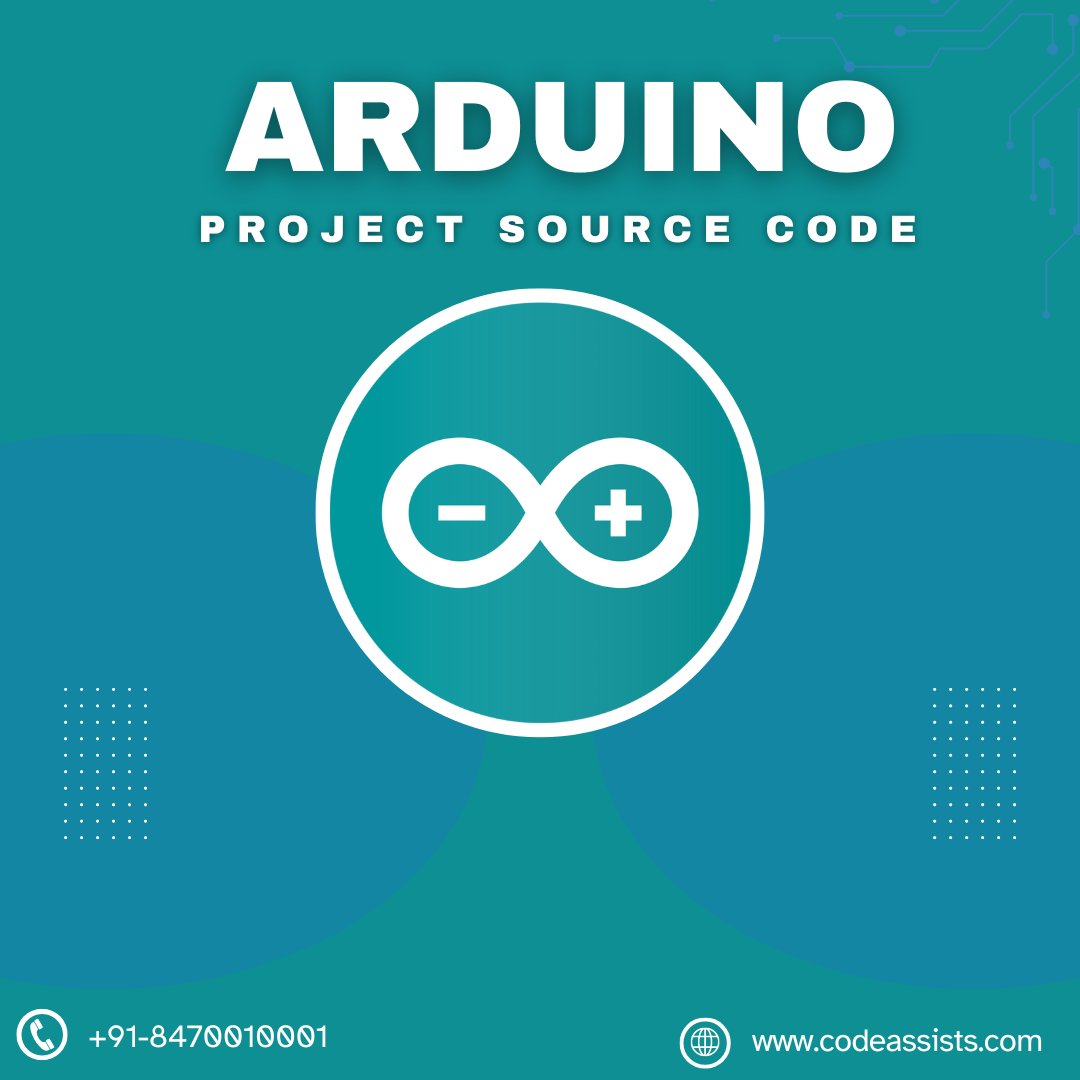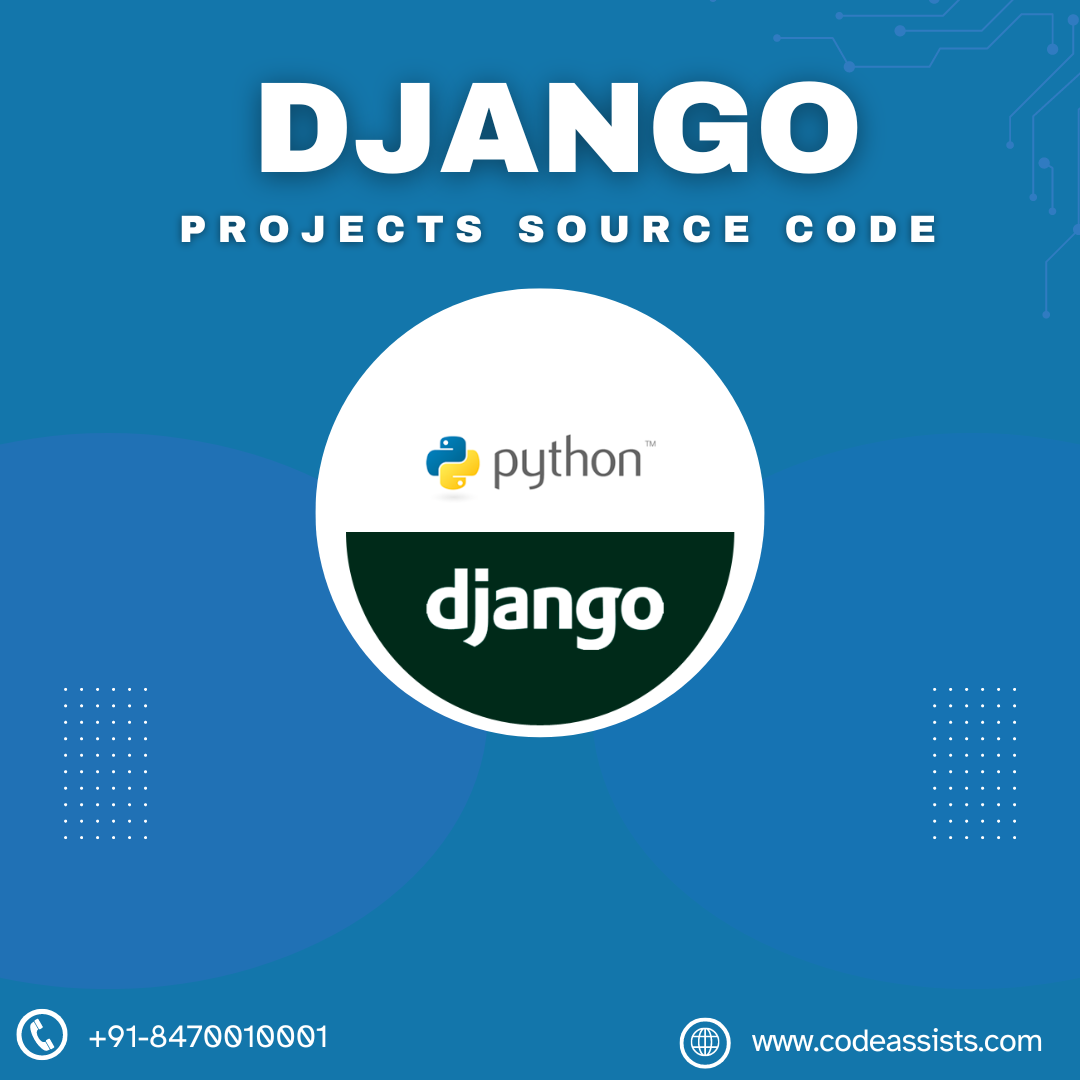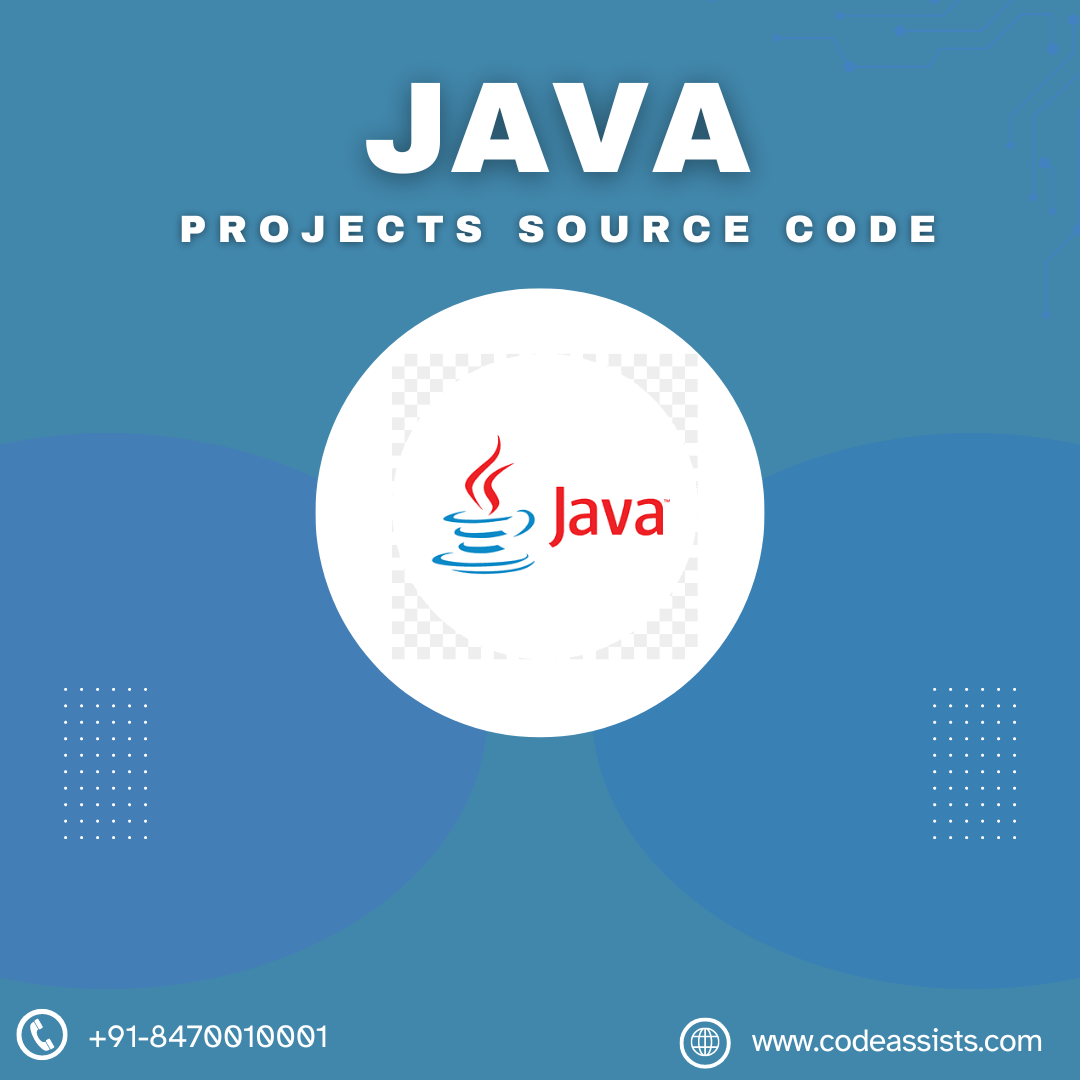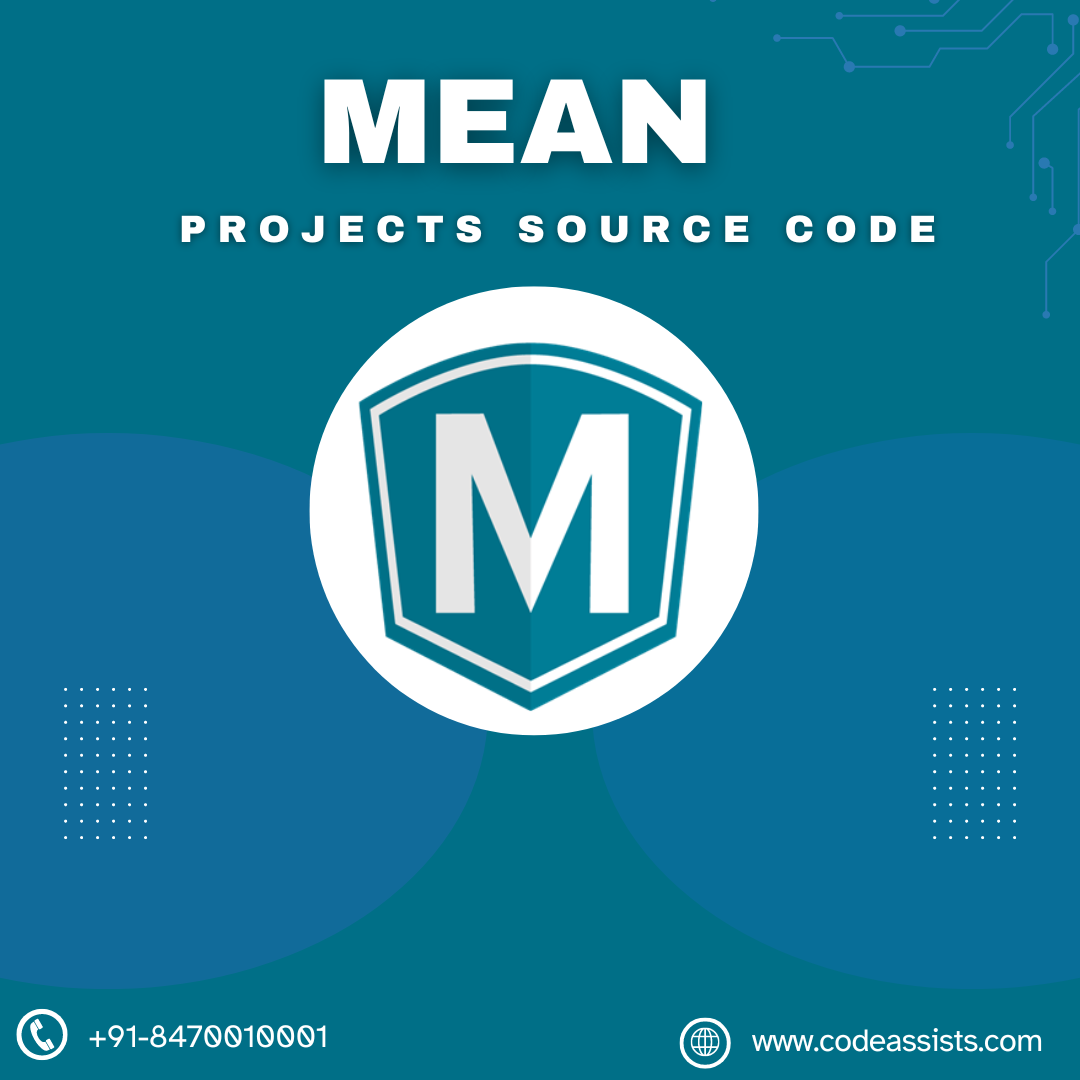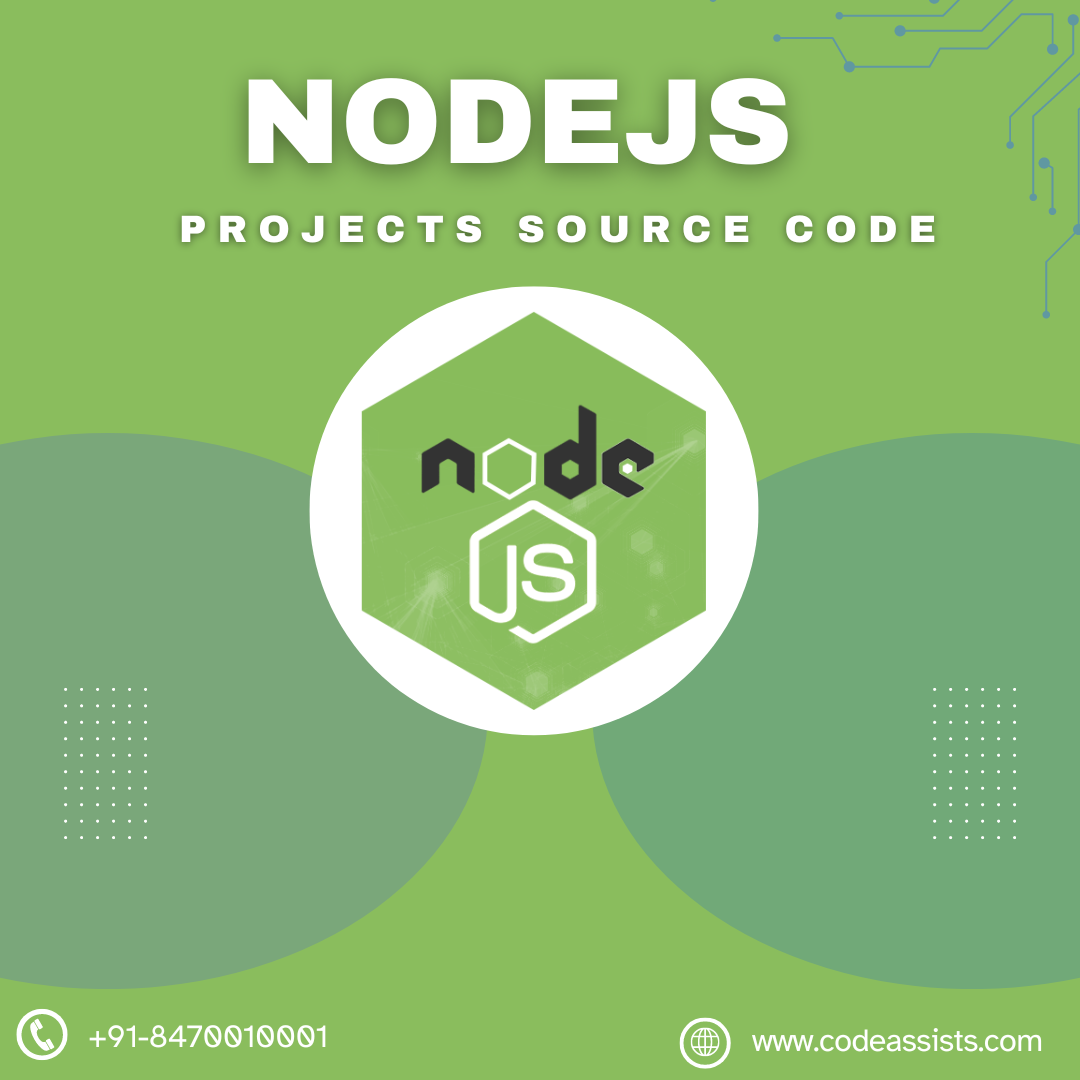Description
Asset Management System Project using Python, Django, and MySQL
This project utilizes Python, Django, and MySQL to create an asset management system. Students can find various simple Python projects on our website, Freeprojectz.com, suitable for their senior college projects. They can download Python code projects based on their requirements. This Asset Management System Project in Python helps manage information about assets, categories, companies, users, etc. The project has only one user, the admin, who can add new categories, companies, and user details. This project ensures that asset details are well-maintained. Students can access free academic college projects in Python and MySQL, complete with source code databases and documentation.
Below the description, you can find the screens and demo of the project for more details.
Modules and Description of Asset Management System Project:
User Module:
The User Module provides functionality related to users. Admin can perform CRUD operations on user data, while users can only view their own data. Access level restrictions are implemented in this role-based module.
Asset Module:
The Asset Module manages asset data, allowing admin to view and filter assets. Users can also view assets.
Asset Category Module:
The Asset Category Module manages asset categories, with admin handling category management and users viewing categories.
Company Module:
The Company Module manages companies, with admin handling company management and users viewing companies.
Functionality performed by Admin user:
Admin users can perform various functions, including managing users, assets, companies, asset categories, and generating reports.
Static Pages and other sections:
The project includes static pages such as Home, About Us, and Contact Us pages with a user-friendly interface.
Technology Used in the project Asset Management System:
The project utilizes HTML, CSS, JavaScript, Python, MySQL, and Django for development.
Supported Operating System:
The project can be configured on Windows, Linux, and Mac operating systems.

